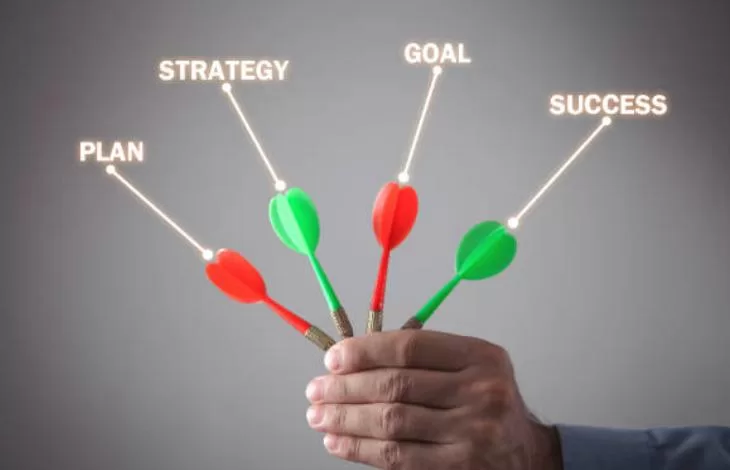Can Visualization Be Used To Improve Focus And Concentration?
In this article, we explore the potential of visualization techniques to enhance focus and concentration.

Selfpause Affirmation App
Download the app to get 1,000’s of affirmation meditations and everything you need to write, record and listen to your own.
Visualization is a powerful tool that can be used to improve focus and concentration in a variety of ways. At its core, visualization is the process of creating mental images or pictures of information or ideas in order to better understand and remember them. By using visualization techniques, individuals can more effectively focus their attention on the task at hand and improve their ability to concentrate for longer periods of time.

One of the most effective ways to use visualization to improve focus and concentration is through the use of guided imagery. Guided imagery is a technique where an individual creates a mental image of a peaceful and relaxing scene, such as a beach or a forest, in order to reduce stress and anxiety. By focusing on this mental image, individuals can block out distractions and distractions and focus on the task at hand. This technique can be especially useful for individuals who have trouble concentrating due to stress or anxiety.
Another powerful visualization technique that can be used to improve focus and concentration is through the use of mantras. A mantra is a word or phrase that is repeated over and over again in order to focus the mind. By repeating a mantra, individuals can block out distractions and distractions and focus on the task at hand. This technique can be especially useful for individuals who have trouble concentrating due to a scattered mind.
Visualization can also be used to improve focus and concentration by helping individuals to better understand and remember information. This can be done through the use of memory palaces, which are mental images that are used to organize and represent information in a memorable way. Memory palaces can be used to remember important dates, facts, or figures, and can be especially useful for those who struggle with memorization.
Another way visualization can be used to improve focus and concentration is through the use of flowcharts and process maps. Flowcharts are diagrams that are used to represent the steps in a process or the flow of information. They are particularly useful for understanding the relationships between different steps in a process, and for identifying potential bottlenecks or problems. Process maps can also be used to generate new ideas and to explore different possible solutions to a problem.

Visualization can also be used to improve focus and concentration by helping individuals to better understand and analyze data. This can be done through the use of data visualization techniques such as bar charts, line graphs, and scatter plots. These techniques can be used to represent data in a clear and concise manner, and can be especially useful for identifying patterns or trends in large sets of data.
Another way to use visualization to improve focus and concentration is through the use of visual cues. Visual cues are images or symbols that are used to remind individuals of a specific task or goal. By placing visual cues in a specific location, such as on a desk or in a specific area of a room, individuals can quickly and easily focus their attention on the task at hand. This technique can be especially useful for individuals who have trouble staying focused and on task.
Visualization can also be used to improve focus and concentration by helping individuals to think more creatively. For example, brainstorming sessions, where individuals come up with as many ideas as possible, can be made more effective by using visualization techniques. By creating visual representations of the ideas generated during brainstorming sessions, individuals can more easily identify patterns and connections between the ideas, and can come up with more creative and innovative solutions to the problem at hand. This can also help to improve focus as the mind is able to direct its attention more effectively and in a more specific way.

Another way visualization can be used to improve focus and concentration is through the use of mindfulness techniques. Mindfulness is the practice of being present and fully engaged in the current moment. By focusing on the present moment, individuals can block out distractions and distractions, and focus on the task at hand. Mindfulness techniques can be especially useful for individuals who have trouble staying focused and on task.
In conclusion, visualization is a powerful tool that can be used to improve focus and concentration in a variety of ways. Whether through guided imagery, mantras, memory palaces, flowcharts, process maps, or data visualization techniques, visualization can help individuals to block out distractions and distractions, better understand and remember information, and come up with new and innovative solutions to problems. By incorporating visualization techniques into their focus and concentration process, individuals can improve their ability to stay focused and concentrate for longer periods of time.
